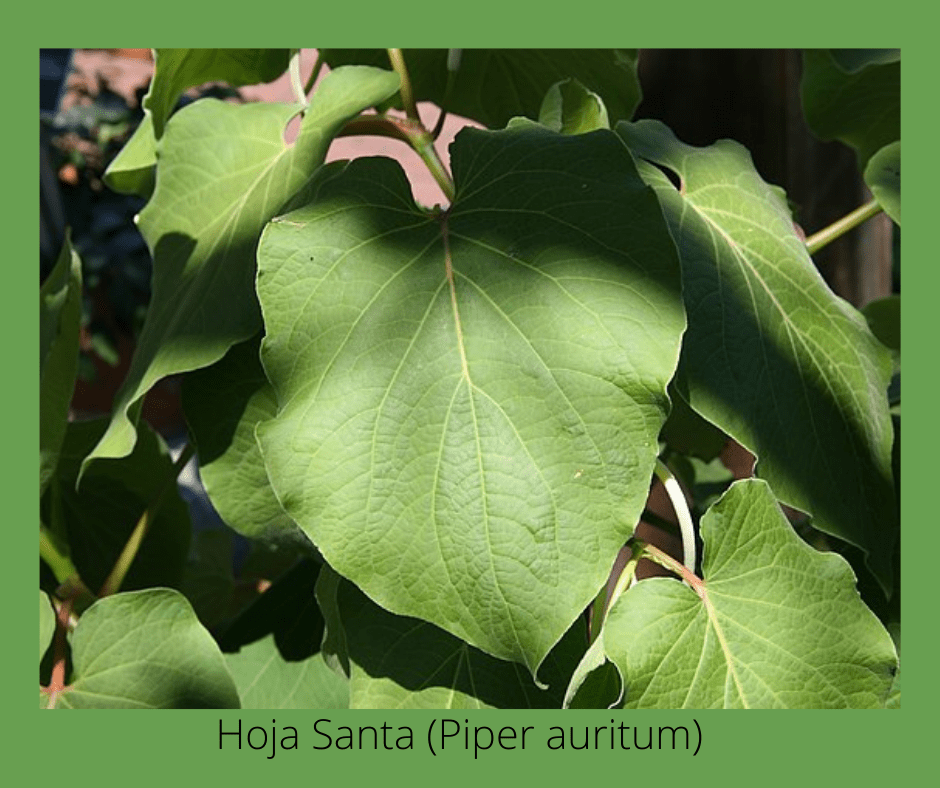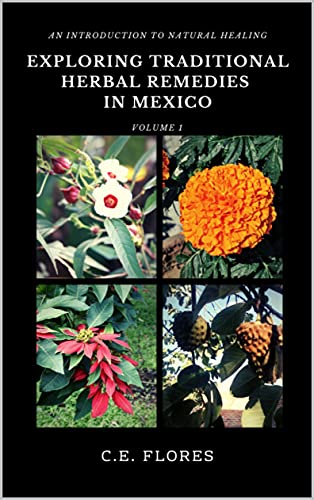
Every April and May, guys with wheelbarrows full of mamey are roaming the streets. You won’t want to miss out on this experience! The fruit is sweet and tasty and made into milkshakes and ice cream. But it’s not just another tasty treat.
Mamey (Pouteria sapota) is native to Mexico. It’s also called zapote mamey and mamey colorado. In Nahuatl, it is chichiltzapotl or tezontzapotl. The large brown seed is pixtle from the Nahuatl word pitztli, meaning seed.
It has a thin, hard shell. The fruit itself is a distinctive reddish-orange color. You can tell when it is ripe by squeezing it like you would an avocado. If it gives a little, it’s ready. If it’s still hard, it might need a day or two to ripen up yet.
In Sierra Norte, the pixtle is boiled, smoked, and cut for an enchilada sauce or pixtamales, a type of tamale prepared with hoja santa and chili ancho, and a common offering in altars for el Día de muertos. In Tabasco, the seed is a pozol beverage ingredient. In Puebla, the roasted and ground seed is mixed with cacao. In Guerrero, pixtle is added to atole de fiesta, usually served with tamales. In Oaxaca, the pit is one of the tejate beverage ingredients. Other ingredients include maiz (Zea mays L.), cocoa beans (Theobroma cacao), and flor de cacao (Quararibea funebris).
The seed and leaves are used in a poultice for wounds and sores. The pulverized seed mixed with aceite de rincino (caster oil) is used in treatments for alopecia. For bronchitis or other respiratory ailments, the seed is toasted first, then ground into a powder, and added to a tea. To treat acne, the powdered seed is mixed with the juice from one limón and applied to breakouts. Wash with warm water after 30 minutes. For liver ailments, the pixtle is grated into a cup of boiled water and drunk daily for two weeks. The fruit is prescribed for gastritis and diarrhea or used topically for skin treatments.
The fruit has anti-amyloidogenic and anti-tumorigenic properties. It contains carotenoids which give it its distinctive color. It is also anti-inflammatory, antifungal, and antioxidant. The leaves demonstrate antioxidant, antidiabetic, and anti-cancer activities.
Batido de Mamey
- 1 plátano (Musa spp.)
- 1 medium-sized mamey (Pouteria sapota)
- 2 tablespoons vainilla (Vanilla planifolia)
- ½ cup miel (honey)
- 2 cups coco milk (Cocos nucifera)
Remove the tough outer shell and large smooth seed from the mamey. Blend all the ingredients until it reaches the desired consistency. If it is still too thick, add more milk.
***
Interested in natural remedies? Uncover herbal remedies from traditional Mexican sources for healing and wellness in the Exploring Traditional Herbal Remedies in Mexico series.









